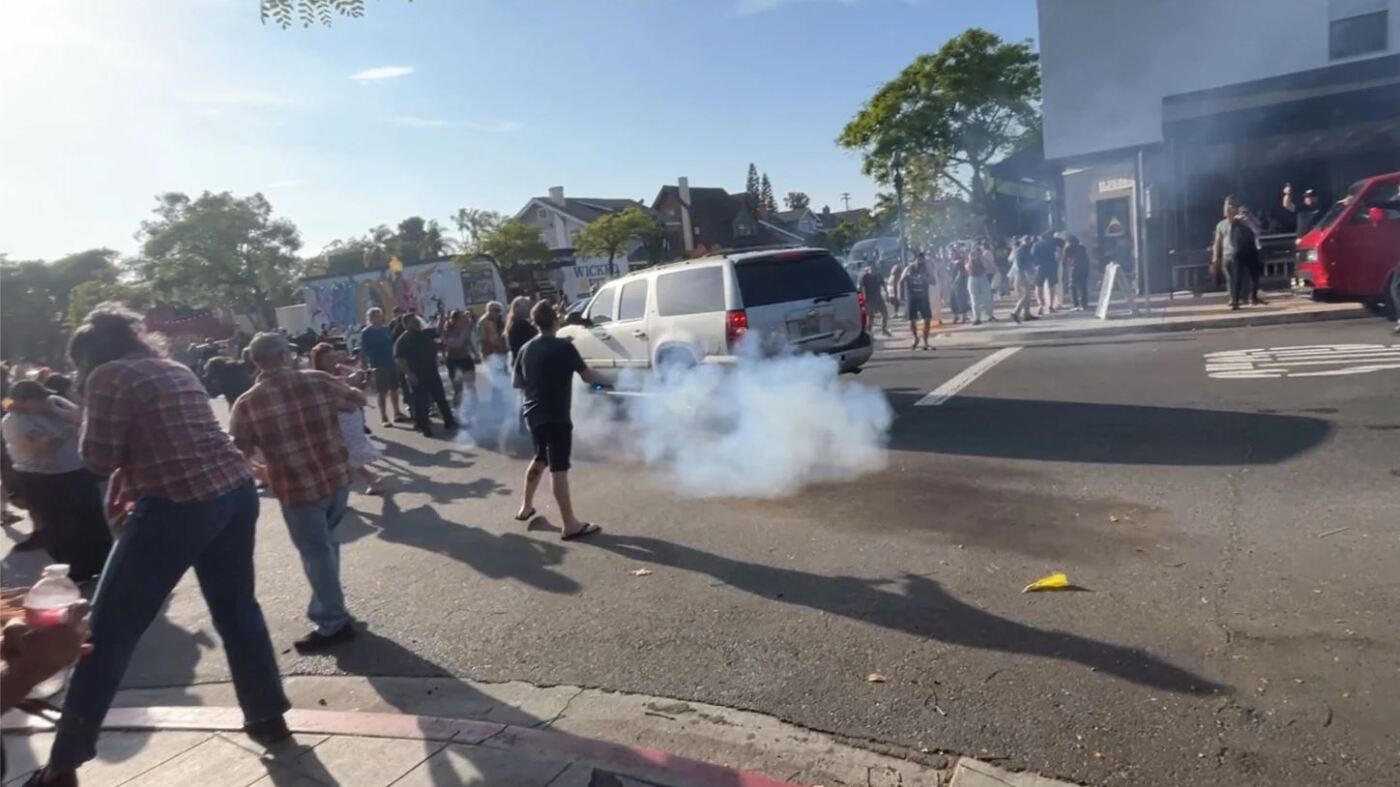The Rise of ICE Raids: A Deep Dive into Recent Events and Their Ripple Effects
The recent escalation of Immigration and Customs Enforcement (ICE) raids marks a dramatic chapter in the ongoing debate over immigration enforcement in the United States. Stretching across cities such as Minneapolis, Los Angeles, Chicago, San Diego, and Boston, these enforcement efforts have not only intensified the crackdown on undocumented immigrants but also stirred potent social responses that reveal deep fissures within communities. Understanding this phenomenon requires analyzing the operational landscape, the reactions it provokes, and the broad societal consequences it engenders.
Mapping the Surge: ICE Raids and Urban Dynamics
Under directive from federal leadership, ICE has amplified its presence within major metropolitan hubs, targeting workplaces and neighborhoods perceived as harboring undocumented immigrants. The deployment of heavily armed agents alongside local law enforcement in workplaces like restaurants exemplifies an overt escalation in tactics. This visible show of force aims to enhance arrest numbers quickly but simultaneously sows unrest among residents who view these actions as threatening their neighbors and way of life.
The backlash has been swift and intense. Public protests erupting across cities often feature acronyms like “Abolish ICE” and slogans decrying enforcement methods perceived as ruthless or unjust. These scenes frequently become flashpoints for confrontation, ranging from verbal altercations to physical clashes involving pepper spray or arrests. The involvement of federal bodies such as the FBI in managing these incidents underscores the challenge ICE faces in balancing enforcement goals with maintaining a semblance of public order.
The Fog of Miscommunication: Rumors and Their Role
In Minneapolis, a notable instance reveals how misinformation can exacerbate tensions. What began as a criminal investigation was mistakenly conflated with immigration enforcement, sparking widespread alarm and escalated protests. The blurring lines between criminal and immigration matters complicate public understanding and inflame distrust towards federal agents. Immigrant communities, in particular, carry the burden of historical grievances tied to racial profiling and law enforcement excesses, making clear communication crucial yet elusive.
This pattern spotlights the critical role of transparent and accurate information during high-stakes operations. When official voices are absent or unclear, the vacuum is quickly filled with speculation that can ignite fear and resistance, undermining both enforcement efforts and community cohesion.
Communities Mobilizing: From Protest to Active Resistance
The response from immigrant rights advocates and grassroots organizations transcends mere demonstration. In Chicago, efforts extend beyond picketing to physically obstruct ICE operations, signaling a shift towards assertive community intervention. Such tactics represent a growing determination to actively protect vulnerable residents rather than passively express dissent.
In Los Angeles, large assemblies of immigrants and allies vocalize their critique against raids as attacks on the social fabric of their communities. The shift from reactive protest to proactive vigilance—through local patrols monitoring ICE activity—illustrates a community seeking agency amid federal actions viewed as punitive and indiscriminate. These mobilizations underscore the depth of community solidarity and the urgency of resisting what many perceive as aggressive and unjust policies.
The Complex Dance Between Federal and Local Authorities
The relationship between ICE and city police forces is nuanced. While ICE drives the focus on immigration enforcement, several local police departments limit their roles to managing protests and conducting criminal investigations, deliberately distancing themselves from federal immigration actions. This strategy aims to preserve community trust locally, even as federal operations risk alienating residents through aggressive tactics.
Politically, responses are fragmented. Some officials denounce ICE’s approach as harmful to public safety and social harmony. Others, aligned with federal priorities, push for ambitious arrest quotas, praising the crackdown as a necessary step for national security. This divide deepens polarization, feeding into a climate of conflict that transcends street protests and seeps into broader political arenas, as evidenced by incidents like the raid on a congressional office.
Societal Ripples: Fear, Distrust, and the Fracturing of Communities
Beyond immediate confrontations, the raids have far-reaching social implications. Immigrant communities report pervasive fear and instability, as seen in places like Martha’s Vineyard, where ICE’s presence feels intrusive and menacing. The erosion of trust in institutions, fueled by continuous enforcement and aggressive tactics, fosters social fragmentation and suspicion.
Moreover, the economic consequences are significant. Sectors reliant on immigrant labor suffer disruptions, adding financial strain to communities already contending with social stress. The public clashes and arrests represent more than moments of conflict; they symbolize widening divides between proponents of strict immigration enforcement and advocates for humane, reform-minded approaches.
Concluding Thoughts: Charting a Way Forward Amidst Discord
The wave of recent ICE raids and subsequent protests encapsulates a nation wrestling with its identity around immigration policy and enforcement. Communities caught in the storm stand at a crossroads shaped by competing demands: the need for national security and the imperative to respect human dignity. The sharp confrontations reveal the precarious balance between enforcing laws and preserving social trust.
Policies implemented without sensitivity to community impacts risk perpetuating cycles of fear, resistance, and fragmentation. Moving forward requires approaches that do more than target numbers; they must engage with the complexities of immigrant experiences and foster partnership rather than alienation. Only through nuanced strategies that honor the humanity behind immigration challenges can a foundation be laid for healing and constructive progress in an era marked by heightened social tension.

